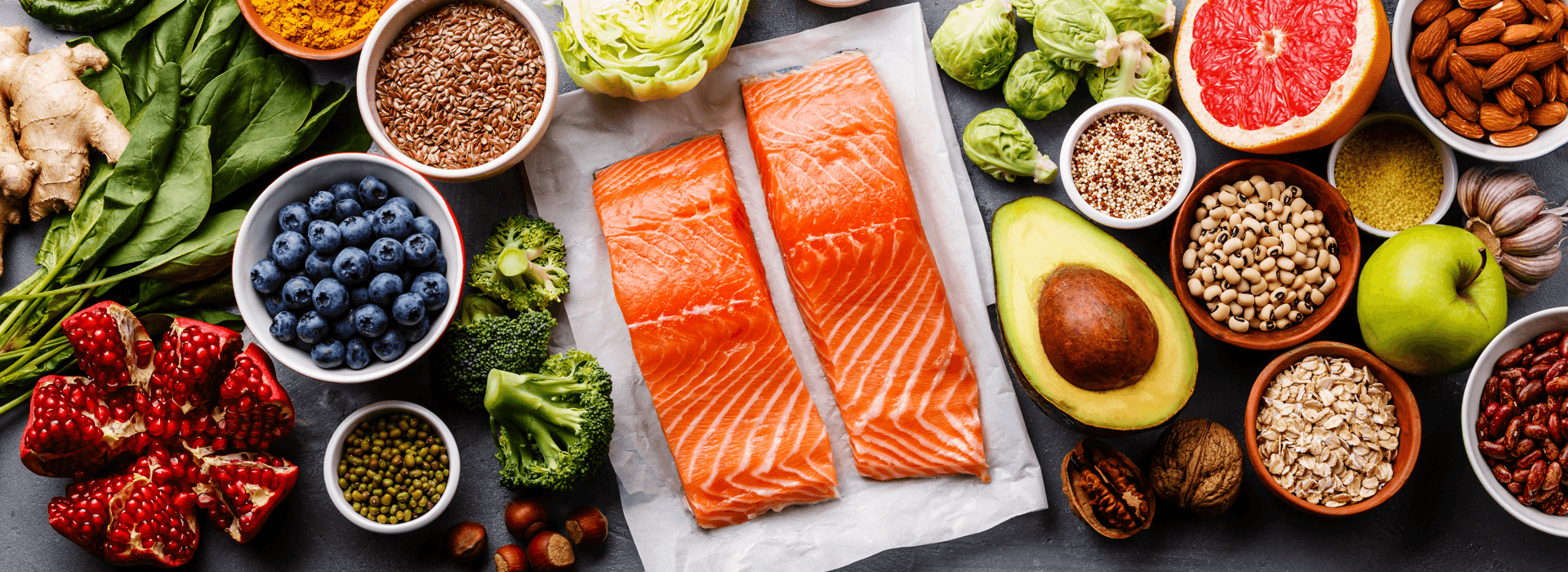Part of the Pillars of Health series
The basics of healthy eating
I grew up in what I like to call the mid-south, aka northwest Arkansas. Home of Wal*Mart, Tyson Chicken and the Razorbacks. It’s grown up a lot since I was a kid, but NWA wasn’t exactly a culinary mecca (I remember how ecstatic everyone was when we got an Olive Garden). And my mother wasn’t necessarily fond of being in the kitchen (they say it skips a generation) so most of our food came out of packages. Frozen pizza, mac and cheese, spaghetti, chicken nuggets and fish sticks were all common staples in my house. Aside from fried okra, which doesn’t really count, my vegetables came out of cans. And to make matters worse, I was a picky little girl so even when the opportunity presented itself to have exotic foods like a salad, I would have no part of it.
In my mother’s defense, we didn’t have the internet back then. Yes, it had been invented but it was in its infancy in the 1980’s. And by the mid-90’s we still didn’t have a computer at my house anyway. Even if we did, people didn’t know the dangers of processed foods and all the additives they contain at that point in time. At least there were less additives back then… But things have changed in the decades since I was a little redneck girl running around barefoot with crimped hair eating chicken fried steak.
Be the broccoli not the french fry.
So what does it mean to eat real food? Well, it should be obvious but I remember a younger version of myself that didn’t think there was anything wrong with what I ate. It wasn’t until I moved to Portland in my 20’s that I actually started paying attention to my food, and even then I thought I knew more than I did (we’re all so smart when we’re young aren’t we?). This is the first of what will be many posts about food so we’re just going to skim the surface and go over the basics. So without further ado, lets dig in!
Real Food is Whole Food
Eating real food means whole food; i.e. food that resembles what it is rather than something transformed into what it isn’t. That means eating primarily:
- Vegetables, especially leafy greens, cruciferous and other non-starchy varieties
- Fruits, especially low sugar options like berries
- Organic meat, poultry and pastured raised eggs
- Wild caught fish
- Healthy fats – olive, avocado and coconut oils
- Seeds, Nuts and legumes – flax, almonds, walnuts, lentils, chickpeas, etc.
- Spices and herbs like turmeric, basil, oregano, thyme, cilantro
- Lemon juice and vinegars
- Organic, low processed, unsweetened dairy (unless you’re sensitive)
What About Grains?
You might have noticed I didn’t mention grains above. The benefits of consuming grains on a regular basis are debatable. And there’s also conflict between whole grains like brown rice and whole wheat and refined options like white rice and white flour. This topic is too large for this “skim the surface” post so I’ll leave you with this – grains are optional from a nutrition standpoint and if you choose to consume them, they should be a small percentage of your diet and not the star of the show.
What Isn’t Real Food
Ok, so if you’re eating all that lovely, scrumptious, colorful whole food I just told you about, it means you’re not eating:
- Fast food (sorry, people)
- Processed food – things in bags and boxes that contain additives and are made with more than a handful of ingredients (e.g. chips, cookies, crackers, store bought bread, etc.)
- Anything with high fructose corn syrup
- Most canned fruits and vegetables
- Seed and vegetable oils – canola, corn, safflower, sunflower, peanut, etc.
- Processed “dairy” products – individual cheese slices, margarine, Velveeta or anything hydrogenated or partially hydrogenated
- Non-organic soy products
- Refined sugar
Organics if you can
These lists are not all inclusive and there are tons more detail and context to give that we’ll get to in later posts, but these are good rules of thumb to start with. One thing to mention quickly, however, is organics. This is a topic that is often debated in my house as my husband believes the organic thing is a big money making sham and most of the pesticides used in commercial farming are on the outside not the inside of the vegetable. He’s right in some cases, wrong in others and I need to do more research still. But regardless, I tested positive for glyphosate in my body so I’d rather not take my chances. Buy organic if you can, and local is even better.
Keep is Simple and Make Smart Choices
It’s easy to get caught up in our busy lives and forget how important the food is that we put into our bodies. But remember that we are all just a collection of cells, as is our food. What we put into our mouths becomes part of us so choose wisely. You want to be the broccoli not the french fry. And if you’re just starting down this path don’t feel like you have to do it all at once. Start small and take baby steps. Swap out a cookie for an apple. Throw together a quick salad instead of hitting the Wendy’s drive through on your way home. You’ll notice as you start eating healthier you’ll start feeling better, and that makes it easier to keep going.

